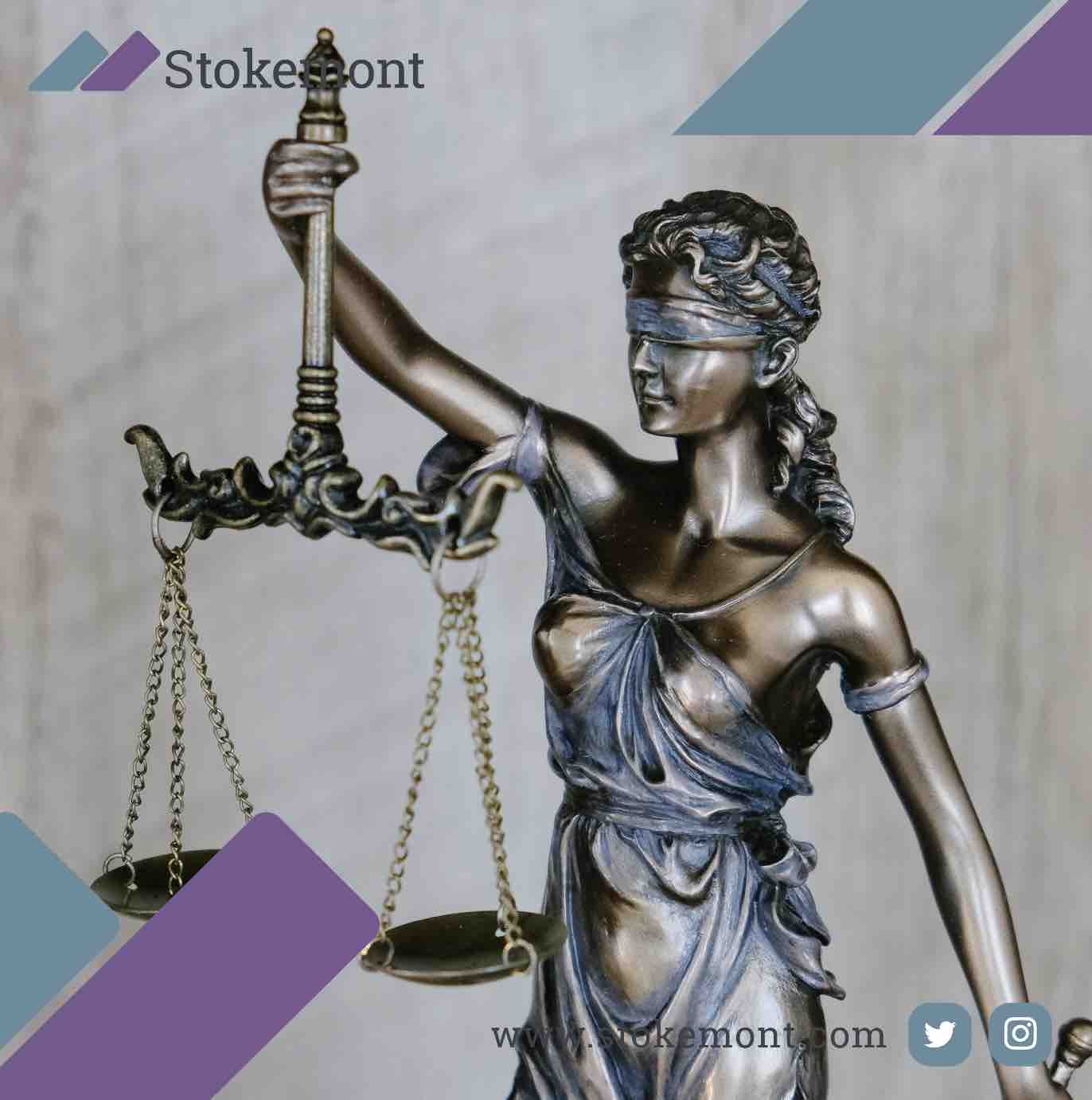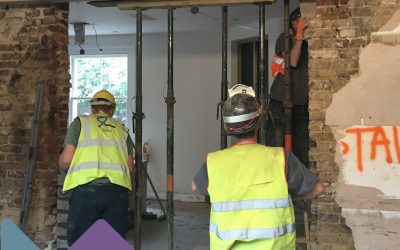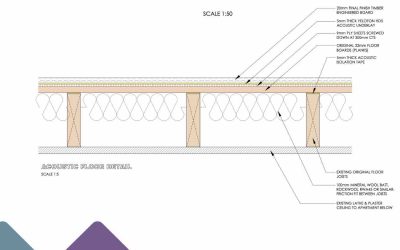Thank you for clicking on today’s Property Surveying blog post. Today we are going to be looking at licence for alterations procedures.
In particular, we are going to be looking at alterations covenants, what they are, when they apply and how you can be sure that you are fully abreast of them.
If you own a leasehold property, the likelihood is that your lease will contain some wording, requirement or provision in respect of alterations or planned works.
The logic and premise behind this, is to ensure that leaseholders don’t undertake works which could cause a nuisance and risk to fellow leaseholders within the building.
The wording will generally speaking be set out and geared to ensure that in the event that the leaseholder wants to undertake planned works, they adhere to and follow a procedure which governs the planned works.
There tends to be three different types of alterations covenants which are commonly found throughout all leases in England and Wales.
We are now going to take a closer look at these, so that you are fully advised and informed.
Fully Qualified Covenant
The first type of alterations covenant is the most positive.
A fully qualified covenant effectively means that the leaseholder will have the legal right to undertake their planned alterations works. The key point to note with a fully qualified covenant, is that the wording of the covenant clause, restricts the freeholder from disputing or stopping the leaseholder’s planned alterations.
Furthermore, the wording of the alterations clause will go on to confirm that the freeholder has to give their consent, importantly with that consent not being unreasonably withheld.
Simply put, this means that so long as the leaseholder goes through the necessary procedures and can provide the necessary comforts to their freeholder, they will be able to undertake their planned alterations and construction work to their leasehold property.
Qualified Covenant
The second type of leasehold alterations covenant is a qualified covenant.
Qualified covenant is not as favourable as a fully qualified covenant, however is nonetheless still considered to be a favourable alterations clause.
Much like a fully qualified covenant the alterations wording within the lease will confirm that the leaseholder has the right to undertake the works. However, the wording will not go on to set out that the freeholder cannot withhold consent unreasonably.
Effectively, this means that the freeholder will have the final decision as to whether they want to grant the leaseholder the permission and licence to undertake their planned alterations work for their leasehold property.
It is important for leaseholders to note that some freeholders will very much be against the idea of alterations. While others may charge a premium or levy for the granting of the licence and providing the permission for alterations to the leaseholder.
Rightfully so, leaseholders will often find this a difficult point to overcome, as after all they do own their property and from a legal perspective are considered owners of it.
If indeed you are a leaseholder and your lease has a qualified covenant within it in respect of the alterations provisions. Here at Stokemont, we would advise that you open discussions at the earliest possible stage with your freeholder to ascertain if indeed they are willing to grant the consent in the first instance.
The last thing you will want to do is go through the unnecessary expense and stress of having architect’s plans prepared, structural design put together, or sourcing materials, to only then find out that your freeholder is against the idea of the works in the first instance.
Qualified covenants need to be carefully managed, as ultimately in some cases the leaseholder going in too strong in respect of their request to do works, can often have a negative effect and ultimately reduce the chances of a freeholder granting their consent.
Absolute Covenant
The final type of alterations covenant is an absolute covenant.
An absolute covenant is unlike either of the other two covenants we have discussed. Instead, it is highly restrictive and will prohibit the leaseholder from being able to undertake any works to their property.
An absolute covenant is somewhat of a bombshell for leaseholders, as it means that they are unlikely to be able to undertake works to the property in any shape or form.
Here at Stokemont, we have heard and seen examples whereby freeholders are waiving or deviating away from an absolute covenant, however do so under the strict requirement that the leaseholder underwrites and takes out indemnity against any other leaseholders within the leasehold demise raising issue against them.
This is a relatively large undertaking for a leaseholder to take, as effectively for the tenure of their ownership, they are actively opening themselves up to a potential legal claim for their planned works.
It is also important to note that there is case law supporting an absolute covenant and dismissing a leaseholder’s rights to do works.
Again, another important point for leaseholders to bear in mind if indeed they are subject to an absolute alterations covenant within their property’s lease.
Licence for alterations procedures are relatively straightforward if indeed you are a party to a fully qualified covenant or qualified covenants alterations clause within your lease.
If you are not, and the covenant within your lease is absolute, it might be sensible at this juncture to carefully consider your options, and open discussions with your freeholder sooner than later. We would also advise expecting the worst which could ultimately mean that permission, irrespective of how well you present the pack for alterations consent to your freeholder, is likely to be refused on the grounds of the lease’s wording.
Here at Stokemont, we offer a free service, where our qualified surveyors will review your property lease and provide their opinion on whether the covenant within the lease itself is fully qualified, qualified or absolute.
If you would like to take us up on this offer, simply send us over a copy of your property lease, along with drawings for the planned works. We will then review those and provide you with the information accordingly.
If you would like to discuss licence for alterations procedures with our RICS Chartered Surveyors here at Stokemont, feel free to give us a call today, or pop us an email, we will be more than happy to assist and advise you.




